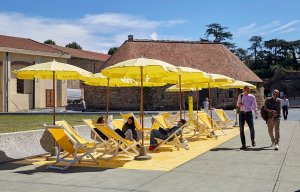
New dates for Summer 2025 Pitti Uomo, Bimbo, and Filati
Opinion


Optimism and serious training, increased visitors and raised hopes for a dynamic upturn in 2025.
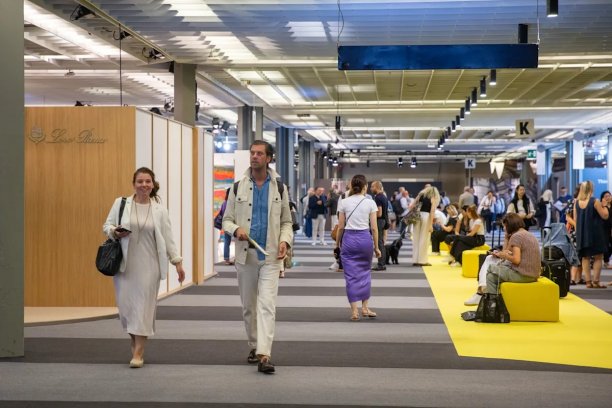
8th July 2024
Janet Prescott
|
Florence, Italy
Pitti Filati is looked upon by many as a serious enjoyable affair. This year was no exception, with added optimism in an upbeat offer as the trade makes renewed efforts to move the pace in the face of slow progress over recent years. It is true to say the offer for 2024/5 proved both lively and forward looking. Chief Executive Rafaello Napoleone summed up ‘the Fortezza companies tell of clear signs of a dynamic market recovery and good prospects’
The sunny atmosphere was kick-started by the use of a conspicuous colour lemon which adorned all the Pitti shows, used for maximum effect by designers Angelo Ficus and Alexander Moradei including 60s and1970s allusions, Visitor numbers surpassed the previous year rising to more than 3500 with buyers from Europe, US, China and Turkey, attendance slightly down only from France and Germany while the largest numbers came from the UK.
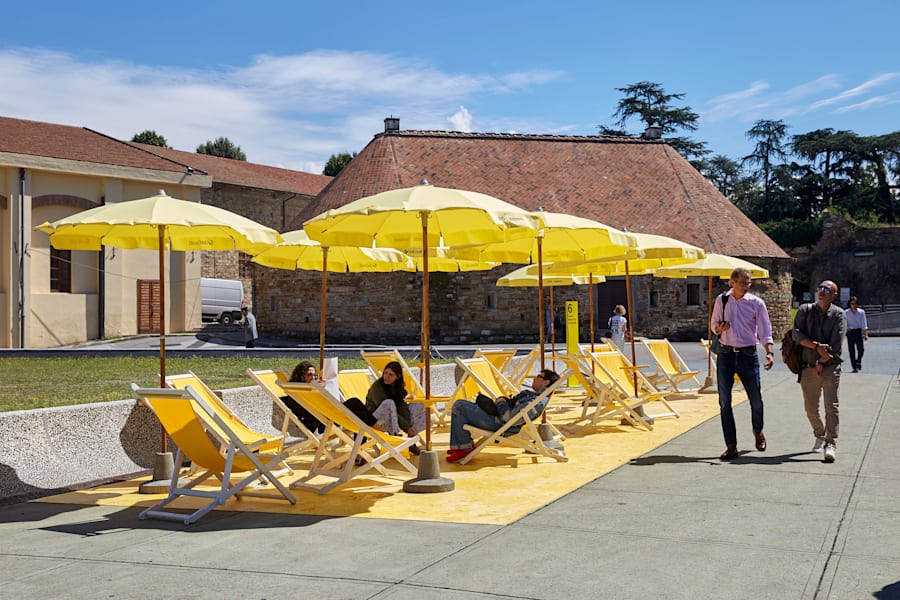
"Several spinners with a finger on the pulse of international knitwear markets were hopeful a clearance of winter stock in 2024/25 would pave the way for improved performance in retail in 2025/26,” said Peter Ackroyd of IWTO.
Special focus on knitwear
Knitclub continued to show why Pitti Filati is more than a chic collection of the latest colours and designs by the knitters. A strong mood of change centred around reconciling traditional knitwear with developments at pace, flagging up the need to accept digitisation to maximise the advantages of rapid development, Maglificio Pini knitters showed a video about restyling its extensive archive, to open it to fashion professionals, making recent ties with yarn makers Filati Be. Mi.with fine yarn, to demonstrate synergy of purpose and attitude.
Shield theme for Spazio Ricerca
Spazio Ricerca, a must for buyers and designers, serves as inspiration which draws together the newest yarns and colour themes, in yarns and swatches of fabric in an intellectual and practical way.
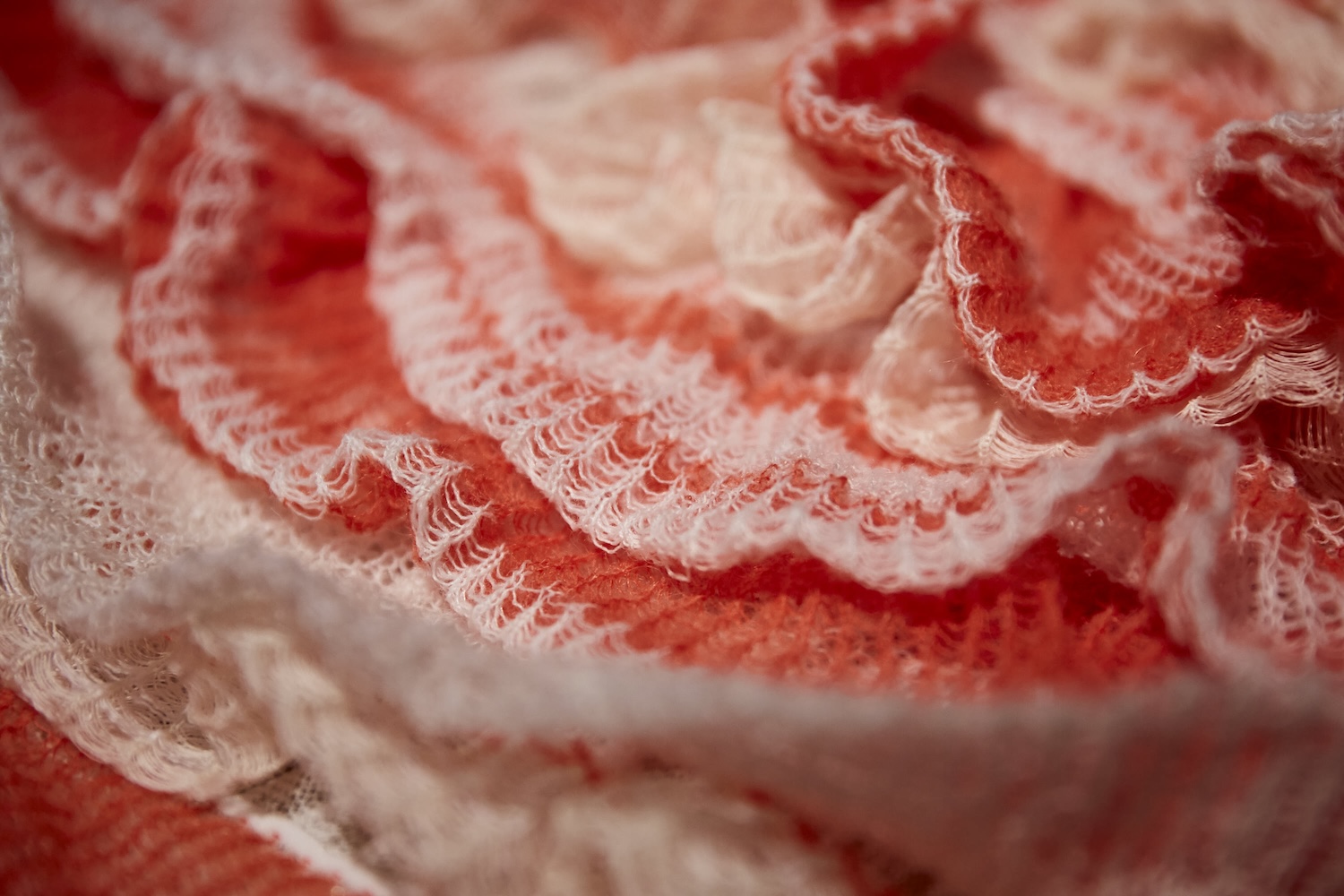
Staged by a team with knitwear experts Angelo Figus and Nicola Miller, Shield suggested new approaches to comfort and strength based on universally accepted themes from nature, interpreted in complex stitches, colours and pattern. It was an imaginative exhibition to intrigue buyers and designers and increase the parameters of possibilities.
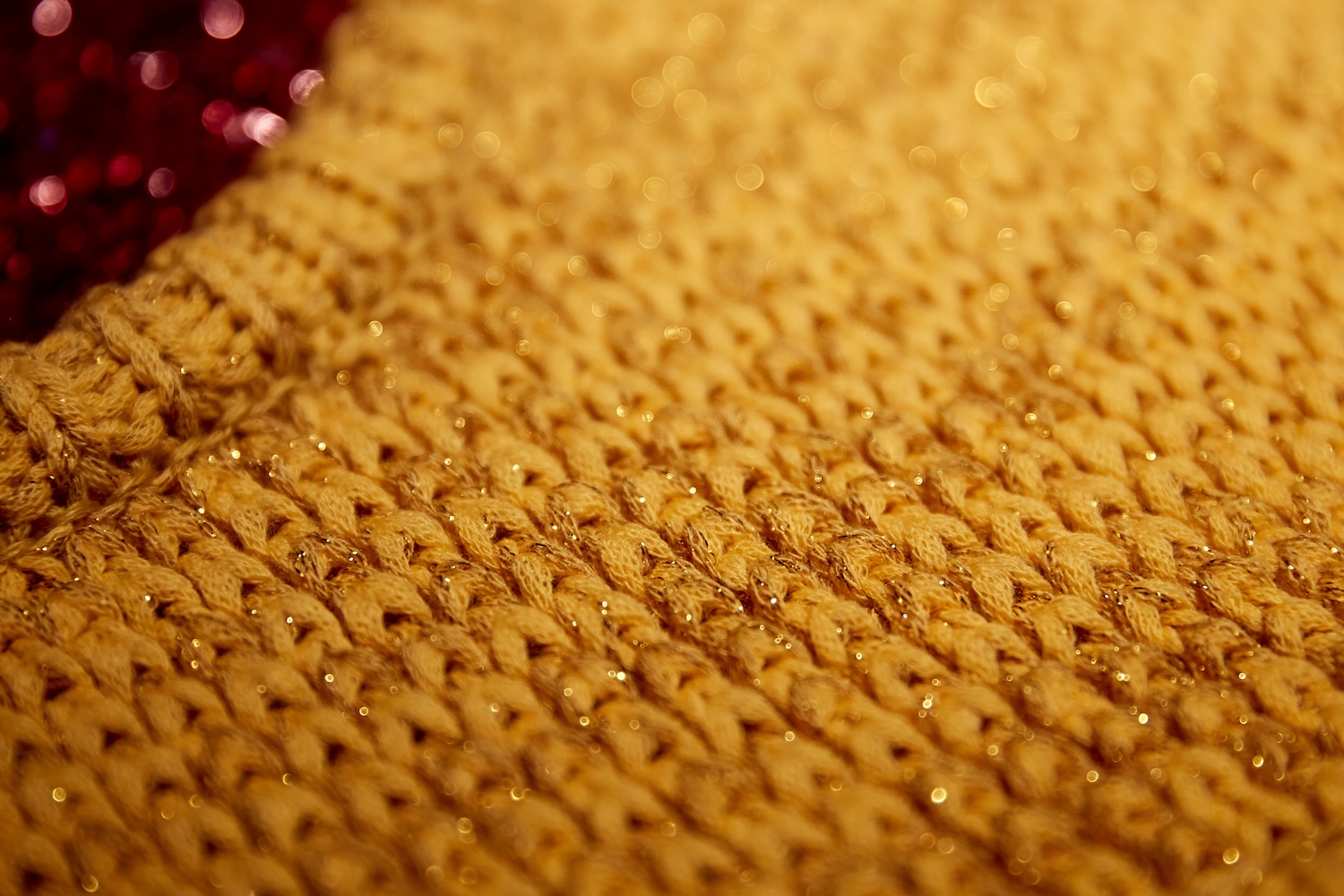
Recycling has become a major way of introducing luxury fibres and polyester based products to the public, who understand and approve of the concept as part of a circular economy. Recycle elements appeared in many collections.

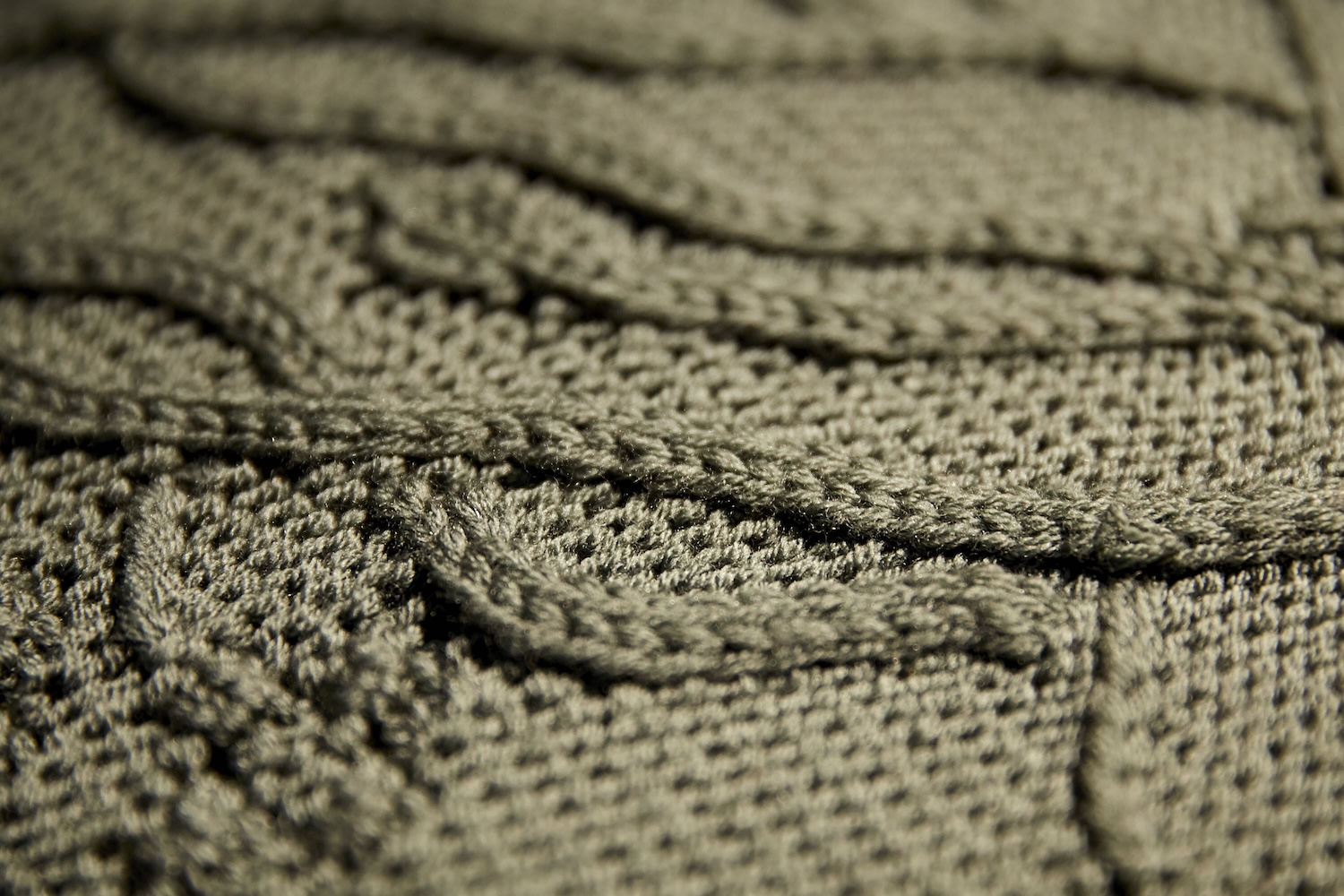
Training becomes high profile
Filati added serious training to the concept of identifying aesthetics by the novel addition of Training Days during the featuring major manufacturing companies; Electrolux, professional Miele, Shima Seiki, and Stoll whose presentations were geared to professional updates. Shima Seiki Italy presented technology and new company projects oriented towards the future of knitwear in technical training and promotion concepts.

Initiatives with young designers
Pitti Filati is indicative of the thrust to bring students and designers into the importance of sustainable fashion and also the industry’s challenges by a series of events involving several areas. CFMI Academy set out to define sustainable fashion to design schools and academies with Moda Italiana and Pitti Immagine a major conjunction of influences.
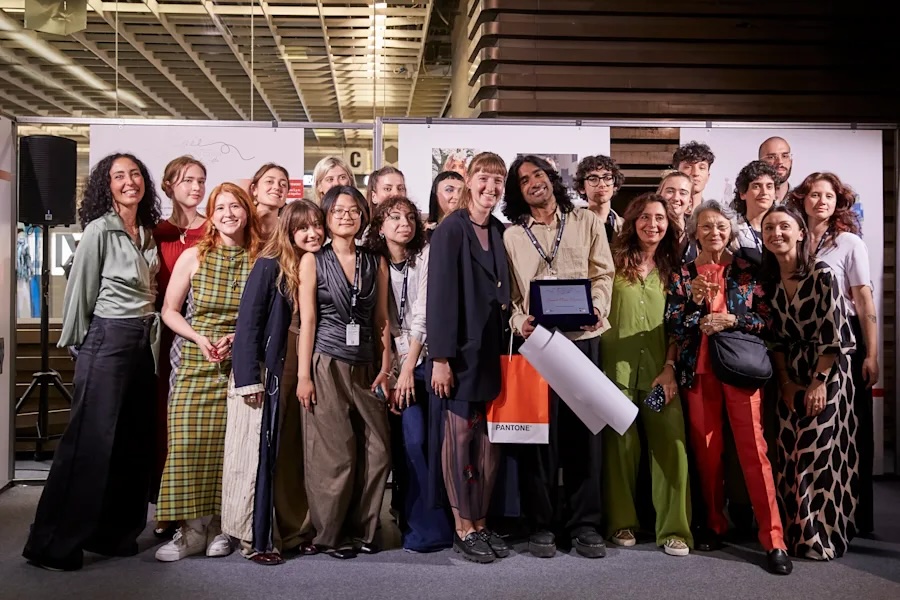
Masters in Creative Knitwear at Accademia Costume with Modateca Dean staged its customary exciting live fashion show displaying imaginative of elite students. Feel the Contest, international design competitions for students continues to raise the profile of Italy’s spinners providing the yarns, Viola Schmidt was the overall winner this year, interpreting yarns of Filatura Tollegno. Runner up Hartej Singh used Industria Italiana Filati. Botto Giuseppe supports initiatives for regular sustainability goals also proactively encouraging designers to understand industry.
Main trends
A combination of noble fibres and high technology were harnessed to deliver protection, denoting qualities described as Stability, Security and Wellness, established ideas that natural fibres and synthetic fibres could be used with careful management.
Ferney Knitting Mills, Mauritius, the first member of SAC in the large sub-Saharan region, majored on recycled yarns with a variety of fibres - alpaca, bamboo, cashmere, cotton with polyester and polyamide also put with mohair, kid mohair, specialising in natural eco and sustainable Merino, to increase circularity in supply chains.
Natural fibre allure
Fine yarn is tops for the season. Wool, linen, alpaca and mohair. Biella Yarns took natural colours and yarns as its prime inspiration, using fine gauges, Extra fine Merino qualities and Merino qualities and Merino Superfine/silk/silk 2/48. It teamed with the Dutch Knitwear LAB to explore further digitisation of knitwear, creating a digital twin of a specific knitted garment on show.
Wool was ubiquitous, in various weights colours and guises. Lanificio dell Olivio described Wool as ‘the ever-present protagonist’ with designers using various wool yarns from classic to fancy, and also soft and popular alpaca.
.jpg)
Merino fine yarns are still the star of the show but there is increasing interest in local thicker wool, especially British breeds from Knoll Yarns and Shepley yarns, also Donegal Yarns from Kilcar Ireland which has a complete vertical production process finishing with unique flecked yarn for knitting.
Luxury direction
Luxury was widely sought and offered. Linen plays an important role for Autumn/winter, described by many as a super-eco fibre, and used in conjunction with wool, silk and manmade luxury yarn, more of it now for knit. An example being 64% cashmere, 36% linen at Botto Giuseppe The collection also features luxury fabrics in 100% Vicuna and 100 per cent cashmere.
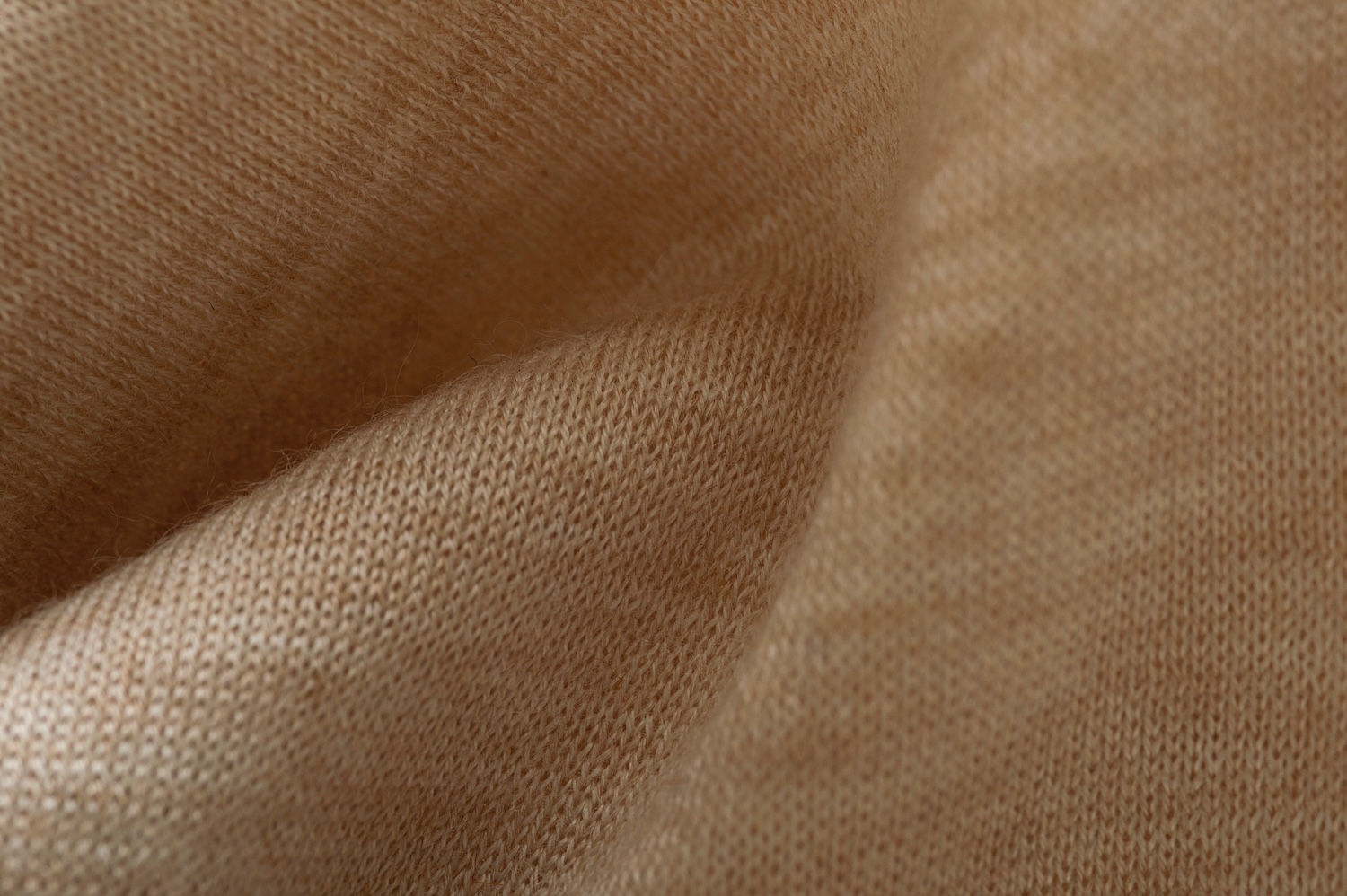
Mohair South Africa is proud of its vital place in African heritage - the responsible mohair standard RWS is known worldwide - for ethical and sustainable practice it is already firmly on the menu.
Colour ‘Intelligence having fun’
Experimentation with colour was key to the season ‘s successful start. Tie dyes, colour washes, and colour on texture producing different effects. Structural knitted looks by Marchi e Fildi used sculptural themes on the stand to echo the intent. Bright red was a dominant feature at Filidea.

Texture and bulk were crucial, from boucle and brushed looks to lightweight smooths, the concept is adopted as a good move, and recycled polyester and nylon were chosen to revive the use of otherwise non-biodegradable materials.

Business intelligence for the fibre, textiles and apparel industries: technologies, innovations, markets, investments, trade policy, sourcing, strategy...
Find out more